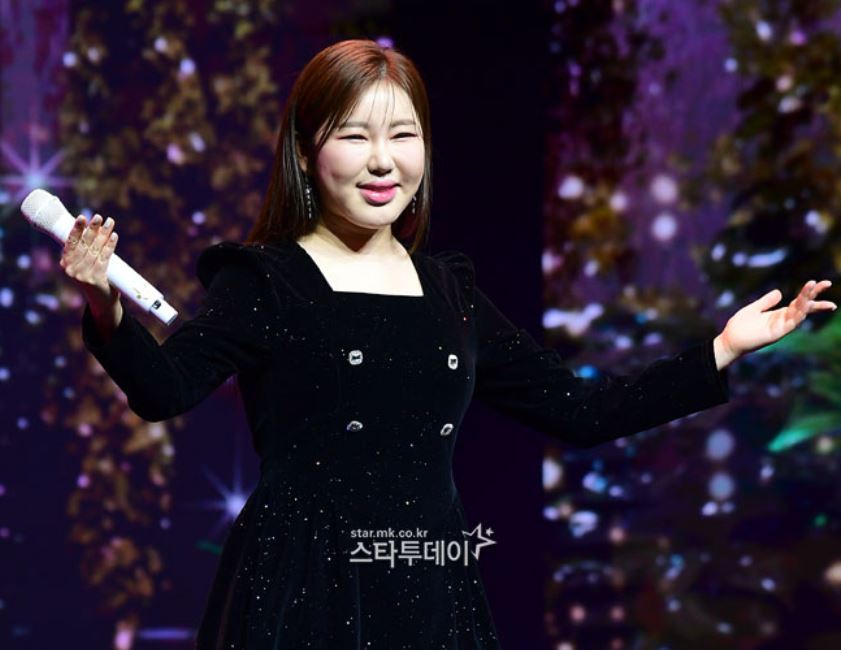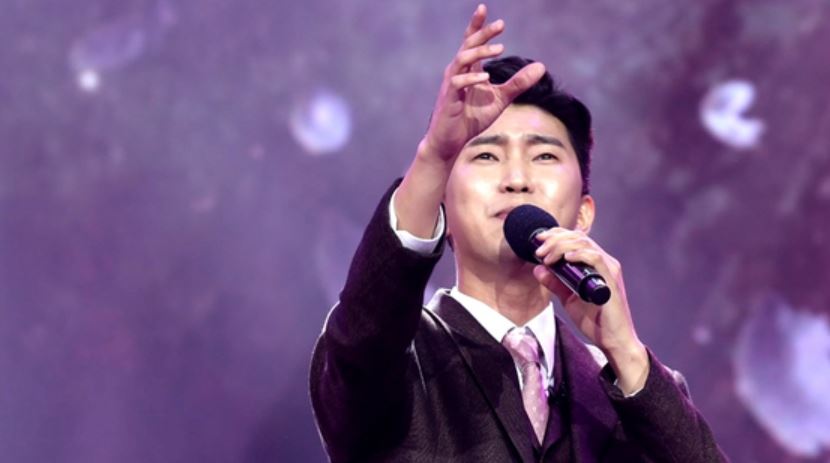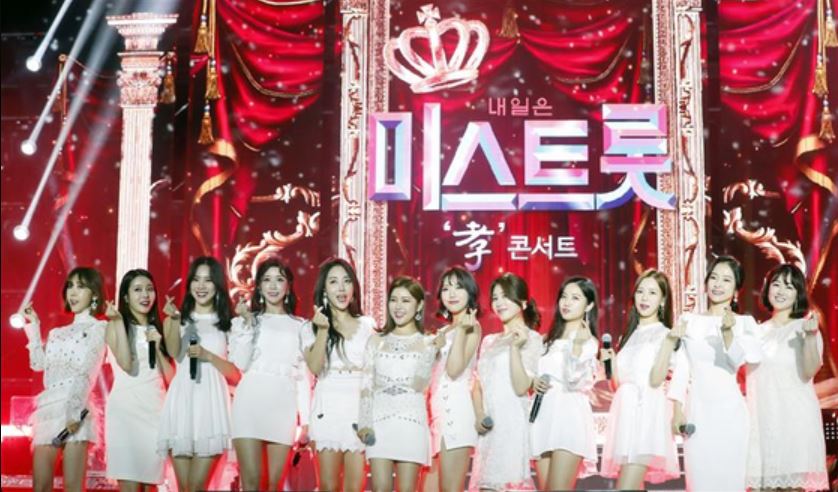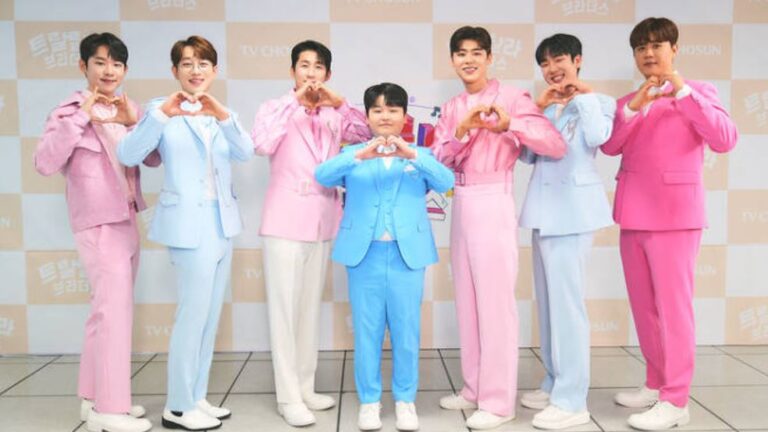Korean Trot: The Heartbeat of Korea’s Musical Heritage and Its Modern Revival
Korean Trot, known in Korean as 트로트 (teuroteu), is a genre of Korean popular music that has been captivating audiences for nearly a century. With its signature repetitive rhythms, emotive vocal inflections, and rich historical roots, Korean Trot stands as both a testament to Korea’s cultural resilience and a vibrant, evolving art form that continues to shape the nation’s musical landscape. If you are interested in Korean Folk music, here is the best place to visit in Seoul.
What is Korean Trot?
Korean Trot is characterized by its distinctive two-beat rhythm, often referred to as duple metre, and its use of vocal techniques such as vibrato and the unique “kkeongneun sori” (꺽는소리), or “breaking throat” sound. The melodies are typically simple, catchy, and deeply expressive, making them easy to sing along to and emotionally resonant for listeners of all ages.
The term “trot” is derived from the English word “foxtrot,” reflecting the genre’s origins in Western dance music, which was introduced to Korea in the early 20th century. Over time, Korean Trot has developed its own unique identity, blending influences from Japanese enka, American jazz, and traditional Korean music.

The Historical Roots of Korean Trot
Korean Trot traces its beginnings to the Japanese occupation of Korea (1910–1945), when Japanese music and Western influences began to merge with Korean musical traditions. During this period, the genre was heavily influenced by Japanese enka, a sentimental ballad style, and Western popular songs, which were adapted into Korean as “yuhaeng changga”.
Early trot songs, such as Lee Nan-young’s “Tears of Mokpo” (1935), helped establish the genre’s form and emotional depth. The music often served as an outlet for expressing the sorrow and collective trauma experienced by Koreans under colonial rule.
After liberation and the Korean War, trot continued to evolve. The government’s push for more optimistic themes led to a shift in lyrics, focusing on hope and joy rather than sorrow and resignation. By the 1960s and 1970s, trot had become Korea’s dominant popular music, with legendary artists like Lee Mi-ja, Nam Jin, and Na Hoon-a rising to fame.
The Decline and Revival of Korean Trot
With the advent of K-pop in the 1990s, Korean Trot’s popularity waned, and it became associated with older generations. However, the genre never disappeared. Instead, it underwent a remarkable revival in the 2000s and 2010s, thanks to a new wave of young artists and the power of television music competitions.
Singers like Jang Yoon-jeong and Hong Jin-young brought fresh energy to the genre, while K-pop idols such as Super Junior-T, Daesung, MJ, and Lizzy introduced trot to younger audiences. These artists blended modern production techniques with traditional trot elements, creating a sound that was both nostalgic and contemporary.
Today, Korean Trot enjoys a renewed status as a beloved genre that bridges generational divides and celebrates the country’s musical heritage.

Key Characteristics of Korean Trot
-
Repetitive, catchy melodies: Trot songs are easy to remember and sing along to, making them popular at karaoke and family gatherings.
-
Emotional vocal style: Singers use vibrato and “breaking throat” techniques to convey deep feelings, from joy to heartbreak.
-
Simple, danceable rhythms: The two-beat structure makes trot ideal for dancing, often accompanied by simple, swaying movements.
-
Themes of love, longing, and nostalgia: Lyrics often reflect personal and collective experiences, resonating with listeners across generations.
The Cultural Significance of Korean Trot
Korean Trot is more than just a musical genre—it is a cultural phenomenon that reflects Korea’s history, resilience, and adaptability. Throughout the 20th century, trot provided comfort and hope during times of hardship, from colonial oppression to war and rapid modernization.
The genre’s enduring appeal lies in its ability to connect people, whether through the shared experience of singing at a noraebang (karaoke room) or the collective nostalgia evoked by classic melodies. In recent years, trot has also become a symbol of intergenerational unity, as young and old alike rediscover its timeless charm.
Korean Trot in the Modern Era
The resurgence of Korean Trot in the 21st century is a testament to its adaptability and relevance. Television shows like “Miss Trot” and “Mr. Trot” have propelled a new generation of trot stars to national fame, while digital platforms have made the genre accessible to global audiences.
Contemporary trot artists experiment with diverse musical styles, incorporating elements of pop, rock, and electronic music while staying true to the genre’s core characteristics. This fusion of old and new ensures that Korean Trot remains a dynamic part of Korea’s music scene.

Why Korean Trot Matters Today
-
Cultural preservation: Korean Trot serves as a living archive of the nation’s musical history, preserving traditional sounds and storytelling techniques for future generations.
-
Emotional expression: The genre’s heartfelt performances offer a powerful means of expressing universal emotions, making it relatable to people from all walks of life.
-
Community and celebration: Trot’s popularity at festivals, weddings, and social gatherings underscores its role in bringing people together and fostering a sense of community.

Conclusion: The Enduring Legacy of Korean Trot
Korean Trot is a vibrant, evolving genre that continues to capture the hearts of listeners in Korea and beyond. From its origins in the early 20th century to its modern revival, trot embodies the spirit of resilience, adaptation, and unity that defines Korean culture.
As the genre continues to evolve, one thing remains clear: Korean Trot is here to stay, offering a bridge between past and present, tradition and innovation, and generations of music lovers.
Here are some reference
- https://en.wikipedia.org/wiki/Trot_(music)
- https://laist.com/news/arts-and-entertainment/k-pop-trot-korean-popular-music-history
- https://www.donggukmedia.com/news/articleView.html?idxno=81243
- https://www.reddit.com/r/kpophelp/comments/hou3y4/what_exactly_is_trot_genre/
- https://www.wikiwand.com/en/articles/Trot_(music)
- https://www.youtube.com/watch?v=0pyrehufd2E
- https://aminoapps.com/c/k-pop/page/blog/what-is-a-trot/63Iz_u6GPJrDP8ZdbMzmdxnqaPxwdq
- https://www.koreatimes.co.kr/www/culture/2025/03/135_266210.html




